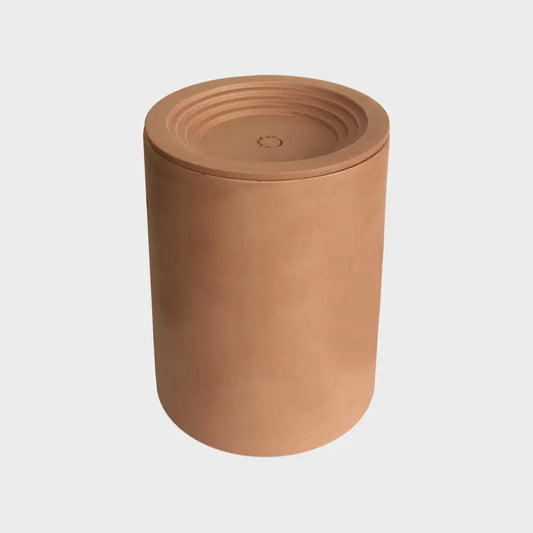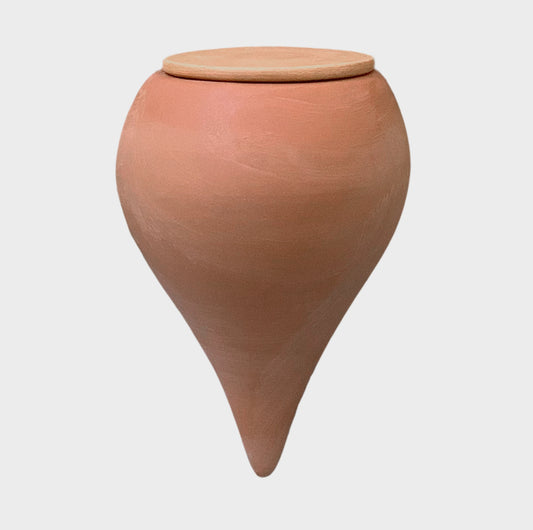-
Regular price From CHF 22.50Regular priceUnit price per
-
Regular price CHF 89.00Regular priceUnit price per
-
Regular price From CHF 34.00Regular priceUnit price per
-
Regular price From CHF 22.00Regular priceUnit price per
-
Regular price From CHF 26.00Regular priceUnit price per



How do WormUp Ollas work?
WormUp Ollas work through the natural porosity of clay: water seeps slowly and directly through the vessel wall into the soil – exactly when the plant needs it. This prevents over- or under-watering, saves water, and supports healthy plant growth.
Olla types compared: insert vs. bury
We offer two types – both feature a large opening for easy refilling and visual water level control.
| Feature | Insert Olla | Bury Olla |
|---|---|---|
| Products | Lilly, Sumo, Terra | Gaia M, Gaia XXL |
| Use | Insert into existing pots | Bury directly in the soil |
| Design | Visible & decorative | Discreetly integrated |
| Water reservoir | Above ground – high volume even for small pots | Underground – ideal for long watering intervals |
| Suitable for | Small to large indoor and balcony plants | Indoor, balcony & raised beds (e.g. Gaia XXL) |
| Advantage | Quick to use – also decorative as a gift | Maximum soil contact for efficient watering |
An irrigation system with history
The concept of Olla irrigation dates back over 2,000 years: similar clay pots were already used in China, Africa, and Australia to supply water in dry regions. This time-tested method is making an environmentally friendly comeback today. Our Ollas are handmade with care in a traditional family-run workshop in Portugal – combining ancient wisdom with modern sustainability.
How to use your WormUp Ollas:
Place the Olla into the soil or insert it into the pot.
Fill it with water until full.
Check the water level every few days and refill as needed – typically every 5–14 days, depending on weather.
★ Not frostproof: Please bring your Ollas inside before the first frost – they can be damaged at sub-zero temperatures.
WormUp Ollas are a resource-saving watering system that saves you time and supports healthy plant growth. Simple, natural, sustainable.










